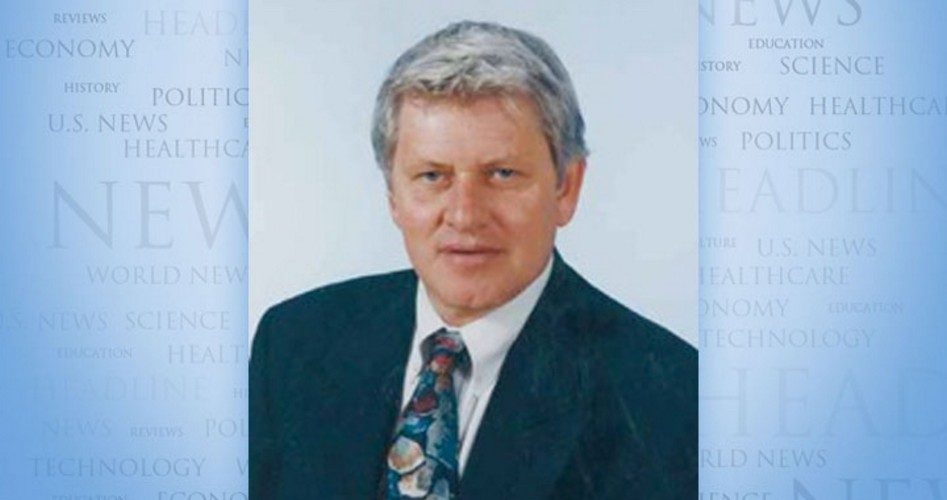
The way the federal government runs things is already bad enough, but it’s officially projected to get only worse, much worse, in the years ahead according to the government’s own number crunchers.
In fiscal year 2011 — October 1, 2010 to September 30, 2011— the Congressional Budget Office (CBO) reports that the federal government spent $3.6 trillion, or 24 percent of the Gross Domestic Product, 24 percent of the monetary value of all the goods and services produced in the United States in that year, the highest federal-spending-to-GDP ratio since World War II.
Federal outlays averaged 19.6 percent and 19.8 percent of GDP, respectively, during the George W. Bush and Bill Clinton administrations.
The CBO also reports that total federal tax revenues in fiscal year 2011 were $2.2 trillion, against $3.6 trillion in spending, producing a shortfall of nearly $1.4 trillion in red ink, a $1.4 trillion annual deficit that’s simply added to the federal debt and paid for by more borrowing and sticking future taxpayers with the tab.
Social Security payouts by the federal government in fiscal 2011 totaled $731 billion. Another $769 billion was paid out in federal benefits during the same period in three health insurance programs — Medicare, Medicaid, and the Children’s Health Insurance Program. An additional $230 billion in fiscal 2011 went for interest payments on the federal debt.
In just these three spending categories — Social Security, the aforementioned health insurance programs, and interest payments on the debt — federal payouts consumed 79 percent of the total tax revenues collected by the federal government in fiscal 2011.
Add the $159 billion that was spent in fiscal 2011 on the lost causes in Afghanistan and Iraq and the 79 percent increases to 86 percent.
That doesn’t leave much money for everything else, just 14 cents out of each dollar collected in federal taxes to cover the cost of subsidized Amtrak sandwiches, shovel ready tunnels to casinos, subsidized small business loans, new roads, bridge rehabs, space shots, free cell phones, aid to Syria, mail trucks, tuition assistance, medical research, aid to Pakistan, food stamps, American military bases in 109 countries, citizen surveillance, veterans benefits, aid to Egypt, urban renewal, job training, farm aid, federal weather-balloons, environmental grants, airport body scanners, subsidized day care, solar handouts, rent subsidies, subsidized head start, the federal payroll, Congressional junkets, subsidized school lunches, and the development of a missile system that might have a shot at knocking out incoming nukes from Iran.
But it gets worse, with the 14 cents falling to zero by the time today’s first graders are seniors in high school, i.e., there’s not a dime for subsidized Amtrak sandwiches and all the rest, according to an analysis by the Congressional Budget Office. By 2025, says the CBO forecast, federal payments to Social Security, Medicare, Medicaid, and interest on the federal debt will exceed the total of all federal tax revenues.
With no tax revenues left for anything else, we’ll be stuck buying drones and body scanners with Chinese dollars.
More optimistically, another scenario from CBO says we can cut the red ink by squeezing doctors. The only problem is that a recent survey by the Doctor Patient Association reveals that 83 percent of physicians are thinking of quitting because of ObamaCare.
So a visit to the doctor’s office might be cheap, except there might be no one there — no doctor, just an empty chair and some old magazines.
The Chinese had a similar idea back during the Great Leap Forward. The idea was to remove individualism and inequality from farming, to squeeze the producers for the benefit of the collective. It ended with people eating the bark off trees and millions dead from starvation.
Ralph R. Reiland is an associate professor of economics and the B. Kenneth Simon professor of free enterprise at Robert Morris University in Pittsburgh.


